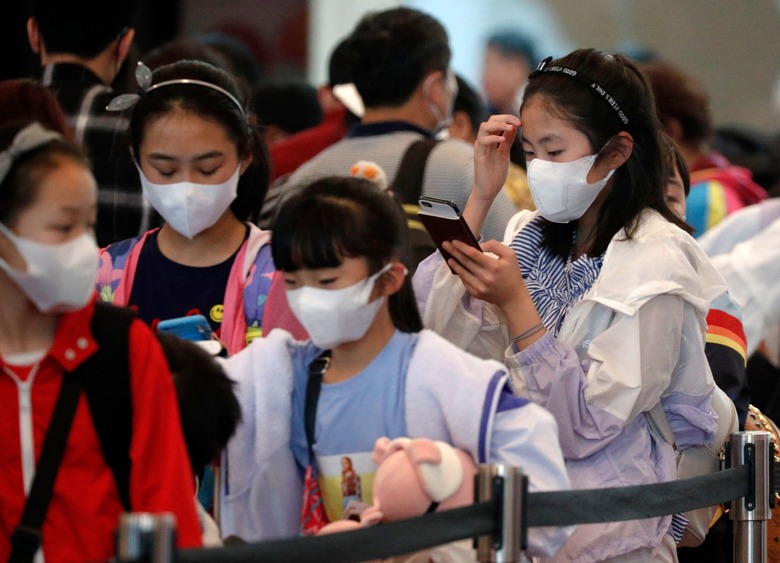Scientists Estimate Nearly 100,000 People Are Infected With Coronavirus
If you've been keeping a close eye on the progress of the coronavirus outbreak over the past month or so, one thing that probably gave you a little peace of mind is the relatively low number of confirmed infections. Originally in the dozens, the number of confirmed viral infections is now around 10,000. It's a big number, but not that big in the grand scheme of things, right?
A new report from the University of Hong Kong suggests that those numbers aren't even close to revealing the true extent of the spread. Based on the university's findings, researchers now estimate the number of actual infections to be over 75,000.
The World Health Organization declared the coronavirus a global health emergency this week, though it stopped short of suggesting widespread travel bans or lockdowns. Nevertheless, China has already put its own lockdowns in place and has even taken the step of building additional medical facilities to handle infected patients.
The scientists at the university base their estimate on a number of things, including the observed spread of the virus and the time it takes between a person is infected and when they eventually begin to show symptoms. The idea is that there are likely a lot of people who are infected right now and simply don't know. This is particularly dangerous since Chinese health officials have confirmed that the virus can jump from person to person even during the virus's incubation period, which can last over a week.
Scientists are also now claiming that China may not be the only place where a widespread outbreak could occur. "Large cities overseas with close transport links to China could potentially also become outbreak epicentres," Joseph Wu of the University of Hong Kong said in a statement.
The relatively low mortality rate of the outbreak is small comfort, but it's clear that we're relying heavily on health experts and scientists around the world to keep a lid on this emerging problem.
